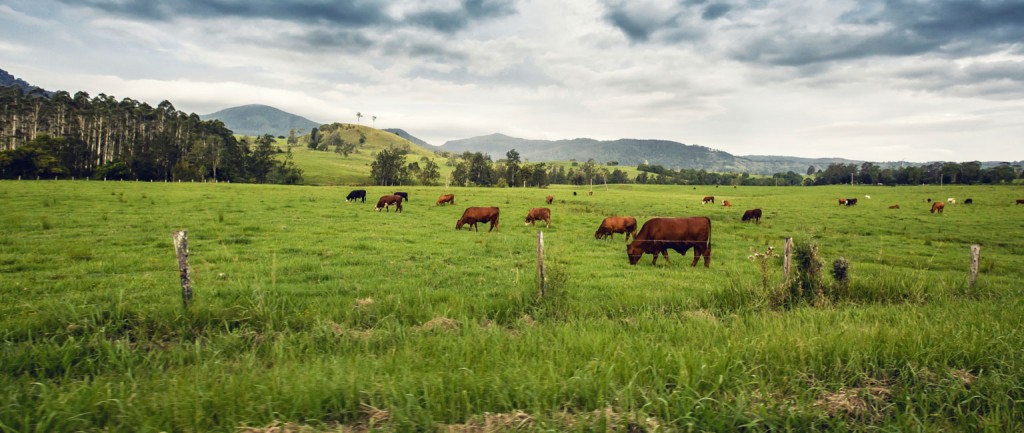Beef top of the 2016 menu for Australian agriculture sector

Local and foreign investors are reportedly queueing up to buy Australian agricultural properties geared towards beef production, as the industry shapes up for what could be its biggest year in decades.
Industry insiders are already predicting huge volumes of land sales as both US and domestic investors take advantage of favourable financial conditions and position themselves to strike.
The increasing appetite for farms was already evident throughout 2015, with a string of major deals wrapped up in the second half of the year.
AWX labour hire CEO Tom Strachan paid $14 million for the 7300ha Lighthouse station west of Brisbane, while farm management consultants Gunn Agri Partners bought a portfolio of three substantial cattle stations in Queensland from owners Ekari Park Pty Ltd for more than $11 million in December.

The ‘Willesley’ and ‘Laurel Hills’ farms were offered for sale in December.
Just a week later the owners of a cotton and cattle farming operation spanning two properties in Queensland’s Clermont region sought to capitalise on the renewed market interest by offering the farms to the market for a second time.
The flurry of activity came without the deal that would have trumped them all, with the sale of Australia’s largest cattle station – Anna Creek – to a foreign buyer never materialising after the Federal Government blocked the sale because of national security concerns.
High demand for food products has led to increased demand for storage space and specialised industrial assets
CBRE Agribusiness regional director Danny Thomas says rising US interest rates and the subsequently diminishing Australian dollar would be a boon for Australia’s agriculture property market, and for beef assets in particular.
“Beef assets will be the most sought after. Globally, we’re seeing historically low herd numbers and increasing demand, which is driving markets for the world’s biggest beef exporters, including Australia,” Thomas says.
“We expect to see more people wanting to invest in beef properties in 2016, with a particular focus on large scale breeding properties in northern Australia, but also very strong demand across New South Wales, Victoria and South Australia for going concern Angus enterprises.”
“The low national herd numbers in Australia, coupled with increasing livestock prices, will only see demand increase further and strengthen the appeal of these assets.

Australia is more sought-after than ever before.
“To that end, we believe we are likely to see some very significant transitions in land stewardship and a level of consolidation that we have not seen for several decades through 2016.”
Colliers International national director of rural and agribusiness Shane McIntyre says demand for Australian meat in overseas markets, particularly Asia, is set to soar this year.
“Broadly, the Australian product is considered superior to other options in these markets, which leads to increased demand as the growing middle class in the region are demanding more certainty and higher quality in all aspects of life.
The low national herd numbers in Australia, coupled with increasing livestock prices, will only see demand increase further and strengthen the appeal of these assets
McIntyre also says the popularity of Australian meat is seeing storage facilities emerge as a significant and attractive asset class within Australia’s commercial property market.
“To meet growing domestic and international demand, the industry now requires more sophisticated facilities in the supply chain,” he says.
“High demand for food products has led to increased demand for storage space and specialised industrial assets, such as cold storage, over recent years, particularly in domestic distribution hubs and surrounding export points such as ports.”
Thomas says farmland properties that generate other produce won’t be left out, with dairy farms and both irrigated row cropping and dryland cropping both expected to attract their share of investor interest.
“We’re also expecting to see strong interest in the re-trading of key timberland assets in Australia and New Zealand, between forestry funds and further sales of government-owned estates,” he says.







